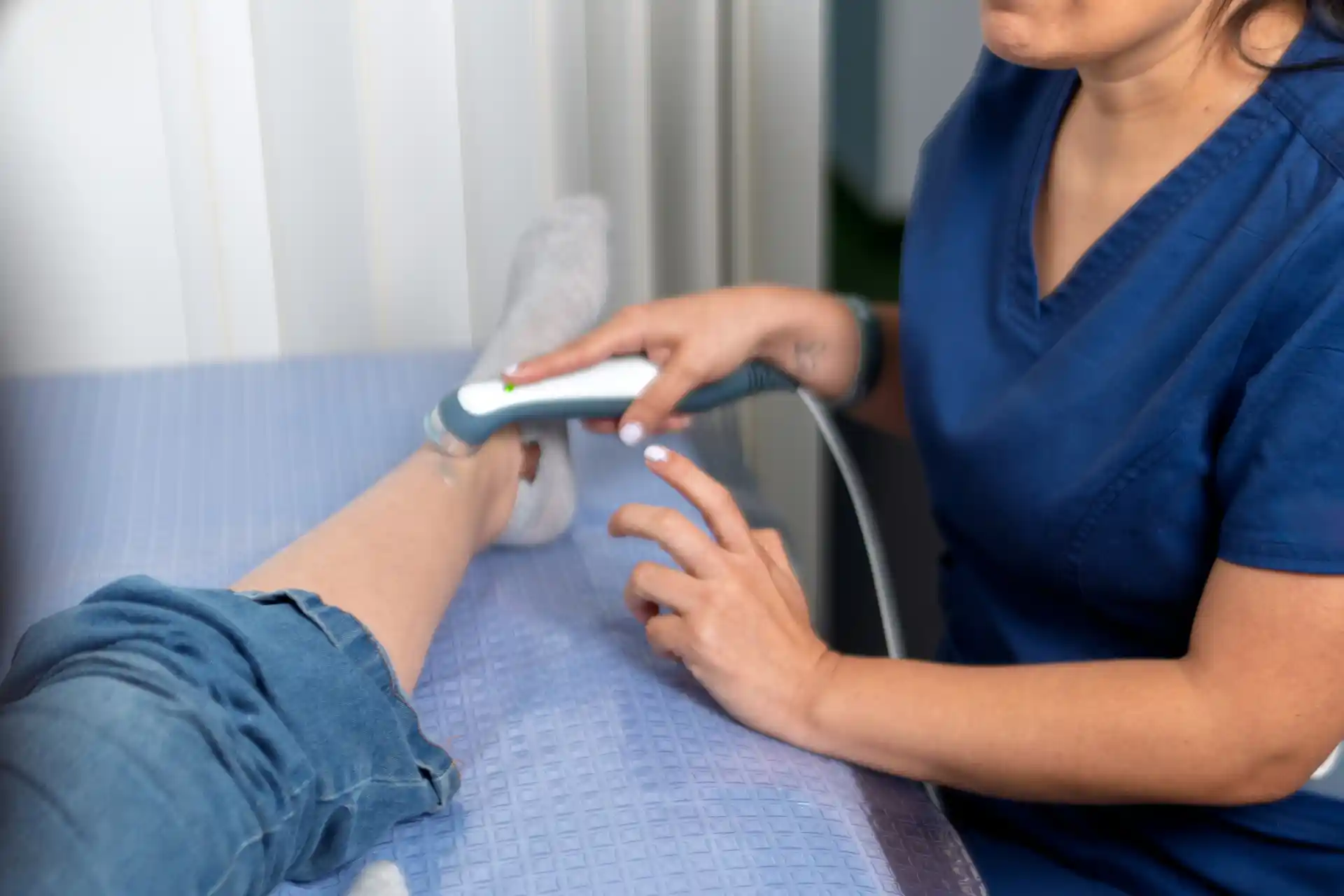Who Treats Plantar Fasciitis
Specialized Medical Professionals
If you're dealing with plantar fasciitis, a variety of specialized medical professionals can assist in diagnosis and treatment. Plantar fasciitis involves inflammation of the fibrous tissue along the bottom of your foot that connects the heel bone to the toes. Common symptoms include heel pain when taking first steps in the morning or after prolonged inactivity, and sharp pain when touching the medial plantar calcaneal region (American Family Physician).
Several professionals may be involved in the management of plantar fasciitis:
- Podiatrists: Specialize in foot care and can recommend appropriate footwear, assess foot structure, and provide guidance to avoid pain triggers.
- Orthopedic Surgeons: Treat musculoskeletal disorders and can offer surgical options if necessary.
- Family Physicians: Frequently the first point of treatment for more than one million patients annually with plantar fasciitis.
Podiatrists and Orthopedic Surgeons
Podiatrists
Podiatrists are specialized medical professionals focusing on foot issues. They can diagnose and recommend treatments for plantar fasciitis, which could include suitable footwear, avoiding pain triggers, and addressing inflammation with NSAIDs. Podiatrists also frequently recommend the RICE method (Rest, Ice, Compression, Elevation) and stretches to reduce tension in the calf muscles and fascia.
Orthopedic Surgeons
Orthopedic surgeons handle disorders involving muscles, bones, and ligaments. They can offer advanced treatments such as corticosteroid injections, shockwave therapy, or even surgical interventions in severe cases. They often work alongside podiatrists to devise comprehensive treatment plans.
Podiatrists and orthopedic surgeons commonly use diagnostic tools such as X-rays, ultrasounds, or MRIs to confirm a diagnosis or exclude other causes of foot pain. For more detailed treatment options, refer to our article on how to treat plantar fasciitis.
Understanding the roles of these specialists can help you make informed decisions for treating plantar fasciitis. For more information on home treatments, visit our guide on plantar fasciitis treatment at home. If you're experiencing sudden heel pain without injury, consider seeking advice from a podiatrist or orthopedic surgeon.
Treatment Options for Plantar Fasciitis
When it comes to managing and treating plantar fasciitis, there are several options available. These range from simple home treatments to advanced medical interventions.
Conservative Home Treatments
For many, plantar fasciitis can be effectively managed within the comfort of their home. These methods emphasize alleviating the symptoms and providing support to prevent future occurrences.
- Rest and Activity Modification: Reducing activities that cause stress on your feet is essential. Avoid running, jumping, or prolonged standing until the pain subsides.
- Ice Massage: Applying ice to the affected area for 15-20 minutes can help reduce inflammation and pain. Ice massages are recommended multiple times a day.
- Oral Analgesics: Non-steroidal anti-inflammatory drugs (NSAIDs) like ibuprofen can alleviate pain and reduce inflammation.
- Stretching Techniques: Specific exercises like calf stretches and towel stretches can improve flexibility and strength in your foot muscles. For a detailed guide, see our post on plantar fasciitis exercises.
- Foot Orthotics: Orthotic devices are commonly used to prevent overpronation and reduce the strain on the plantar fascia (American Family Physician). Options include:
- Viscoelastic heel cups
- Prefabricated longitudinal arch supports
- Custom-made full-length shoe insoles
These treatment options should be treated as a general guideline, always consult with a healthcare professional for personalized guidance on medication and treatment that is right for you. For more detailed home treatments, visit plantar fasciitis treatment at home.
Advanced Medical Interventions
If home treatments don't provide relief, advanced medical interventions may be necessary. These treatments often involve professional medical procedures and consultations (NYU Langone Health).
- Imaging Tests: Doctors may use X-rays, ultrasounds, or MRIs to confirm the diagnosis. These tests help rule out other potential causes of your heel pain, such as nerve irritations.
- Corticosteroid Injections: In cases of acute and chronic plantar fasciitis, corticosteroid injections have proven to be an effective treatment option.
- Physical Therapy: A physical therapist can guide you through exercises and therapies designed to strengthen and stabilize your foot muscles.
- Surgery: As a last resort, surgery can be considered for chronic plantar fasciitis cases that do not respond to conservative treatments. This procedure involves removing the inflamed tissue or releasing the tight fascia to relieve pain (Ohio State Health & Discovery).
- Seek RELIEF®: RELIEF® is a technique used to treat thickened, dehydrated, or tightened fascia that may be contributing to pain, including in the plantar fascia. It introduces growth factors directly into the tissue using a hydrodissection technique, which may potentially provide an effective treatment for plantar fasciitis.1,2,3,4,5,6,7
For more on surgery and other interventions, explore best treatment for plantar fasciitis.
By following these treatment options, you may be able to effectively manage and relieve the symptoms of plantar fasciitis. If pain persists, consider consulting with specialized medical professionals featured in our section on who treats plantar fasciitis.
To learn how RELIEF® can help manage your plantar fasciitis symptoms, without the need for steroids, medication, surgery, anesthesia, or post-procedure immobilization, contact us today to schedule a consultation.






.svg)